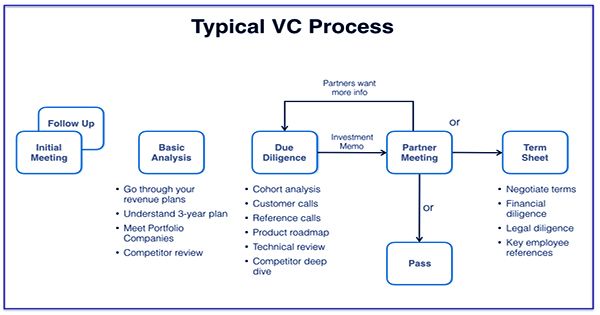Easy to turn on; Fundraising is more difficult. I have been fortunate to be a partner in two separate VC companies in the last nine years and we have doubled AUM 10x. Based on my experience, taking the following 15 steps will help in the formation of high-performing fundraising and the core structure of investor relations functions.

1. Build the firm as much as possible before soliciting LPs: The more baked you are, the more investable it is. The best possible way is to invest and warehousing vehicles for some specific purpose according to your strategy. However, this may deter you from the larger goal of raising funds, not just a special purpose vehicle. The next best step is to build your core team, e.g., hire an advisory board, enterprising partners and EIRs recruit finally, and gather feedback. “Before pitching the LP and building my firm, I talked to more than 50 people I knew,” said Yohei Nakajima, founder of Untaped.vc.
2. Set up a basic marketing toolkit: Deck, website and social media: Developing a detailed, data-backed deck and ideally a video pitch is virtually mandatory. Your materials need to meet the expectations of the Institutional Limited Partners Association, even if you have not noticed the organizations. Keep these documents up-to-date uninterrupted, so all team members are grouped into the original numbers, e.g. If you do not adjust, you will find yourself unprofessional. Invests on almost no deck basis; they want to talk to people however; a high-credibility deck opens the door to a meeting where you have the opportunity to sell yourself.
Note that limited partners view formatting as a proxy for professionalism. It is advisable for any graphic designer to invest a little money to design a consistent website, business card, logo and presentation template. Richard Dukas, CEO of Dukas Linden Public Relations, said, “If you don’t have a website and no content presence online, you probably won’t be able to overcome the first hurdle with potential investors.”
When you are raising funds, you are selling a luxury well. The less extensive your marketing is, the more valuable it will be. For example, an LP told me that he prefers to receive customized emails from the principal of the fund, as opposed to bulk-mail quarterly updates. The ultimate example of this is enterprising capitalists who are not concerned with any website, e.g., benchmarks and the capital of success. These are the equivalent of a nightclub with a marked door, but other investors need to build their social media tech stack.
3. Make your online profile data-driven and internally consistent: All team members must have at least a consistent and professional profile on LinkedIn and usually on Twitter, Facebook and / or the platforms you use. Specifically, highlight the metrics by which you measured your past activity: size of departure, number of people you managed, budget for which you were responsible, etc.
4. Set up a data room with a completed due diligence questionnaire: Among the most important information to include: information on the history of returns, legal documents, fund organization charts, portfolio construction models, one-pager of portfolio companies, key employee resumes and case studies of past investments. We are using Digify to handle this.
5. Prepare FAQs for prospective LPs: You inevitably have potential LP. Get wide appreciation of one-off questions from be sure to compile all your answers into a single document so you can reuse and refine these answers.















